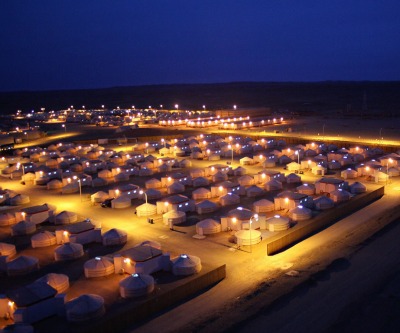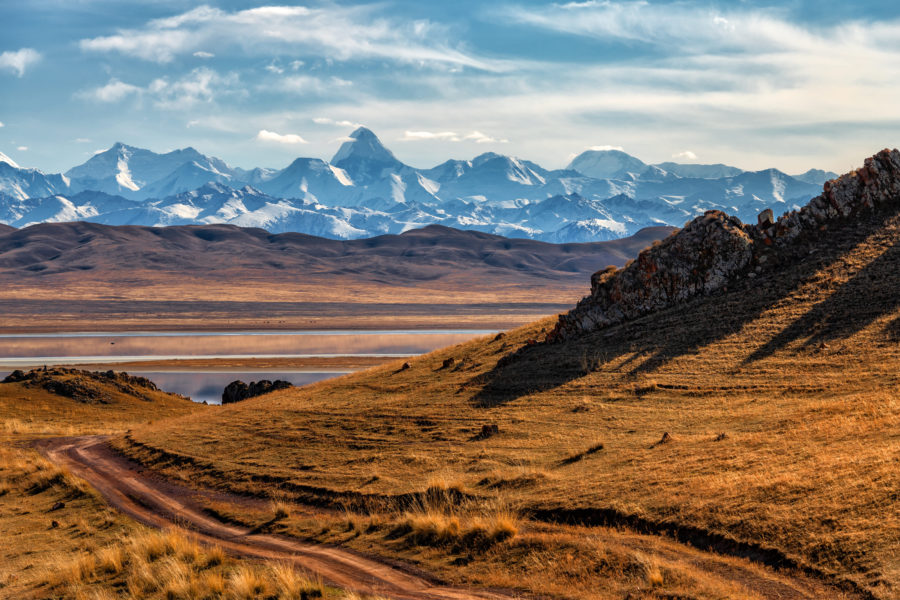GRAPHIC: Mongolia needs Oyu Tolgoi more than Rio does

Last week Mongolian Prime Minister Chimediin Saikhanbileg announced that his Cabinet has decided to proceed with the nearly $5 billion second phase at Oyu Tolgoi after two years of often bitter negotiations between the government and Anglo-Australian miner Rio Tinto.
The government of Mongolia owns 34% of the mine in the south Gobi desert near the Chinese border and Rio-controlled Turquoise Hill (TSX:TRQ) holds the remainder.
Oyo Tolgoi phase II is a truly giant project – an updated feasibility study including the underground expansion released in September shows recoverable copper of 24.9 billion pounds, 11.9 million ounces of gold and 78 million ounces of silver over a mine life of 41 years. At today’s metals prices that’s worth an eye-watering $92 billion.
A separate economic assessment to develop Oyu Tolgoi further and include other deposits at the property shows just what a rich find Oyu Tolgoi really was. This scenario provides a 94 year mine life and recoverable copper of 56.5 billion pounds, 27.9 million ounces of gold and 195.2 million ounces of silver, pushing the value of the mine to closer to $200 billion.
Oyu Tolgoi would certainly help Rio lighten its reliance on iron ore which is trading at near-decade lows and give it more exposure to copper for which the outlook is much brighter.
But as much as it’s a great asset for the London and Melbourne-based company, this graphic prepared by Dale Choi of Independent Mongolian Metals & Mining Research, an Ulaanbaatar-based research company, shows just how vital the turquoise hill is to the nation of just over three million citizens:

Image of a section of the main construction camp and administration centre of Oyu Tolgoi in February 2011 courtesy of Turquoise Hill
More News
Gold equities going under investors’ radar as metal continues to rise: Peter Schiff
One factor behind the undervaluation of gold mining stocks today is the inflation pressure from last year, says the gold bull.
April 03, 2025 | 02:50 pm
Kazakhstan says it has discovered 20 million ton rare earth metals deposit
If confirmed, the deposit would place Kazakhstan behind only China and Brazil by size of reserves.
April 03, 2025 | 01:40 pm
{{ commodity.name }}
{{ post.title }}
{{ post.excerpt }}
{{ post.date }}



Comments
golddigger69
It should not be forgotten that this was a property brought to BHP when they acquired Magma copper back in the 1990s, but like Resolution, another Magma find, was thrown away by the Big Fella!